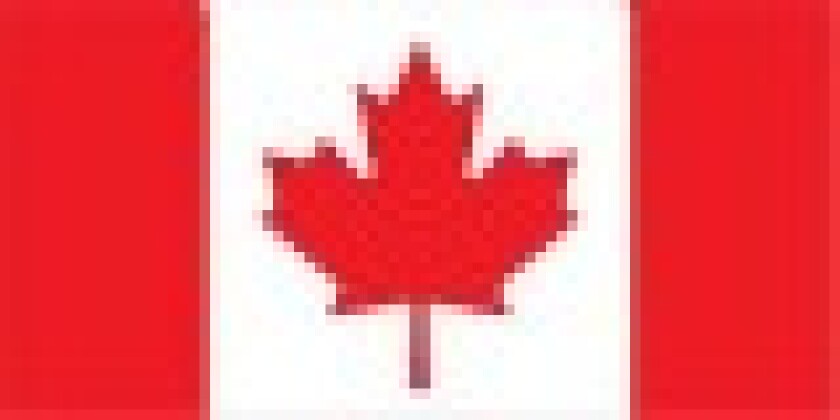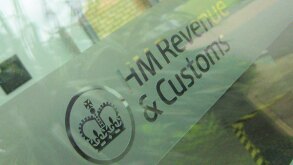The Mutual Agreement Procedure (MAP) Programme is an integral component in Canada’s tax treaty network as it is the only mechanism available to resolve disputes involving treaty-based issues. Taxpayers typically seek relief under the MAP Programme to alleviate double taxation or taxation not in accordance with a tax convention.
To initiate a MAP request, a taxpayer must make a formal written request to the Canada Revenue Agency (CRA). The MAP Programme has four stages:
(i) the acceptance of a request into the programme;
(ii) the CRA’s preparation of a position paper (assuming that the issue is a Canadian-initiated adjustment);
(iii) the foreign tax administration’s evaluation of the position paper; and
(iv) the CRA’s and the foreign tax authority’s negotiation and resolution of the case, if that is possible. The CRA’s goal is to resolve a case in two years, with the negotiations and finalisation stage anticipated to take about half this time. Though it is beyond the scope of these highlights to discuss the same, some of Canada’s tax treaties contain mandatory arbitration clauses which may operate if the competent authorities are unable to reach a settlement.
Historically, some taxpayers have hesitated to rely on the MAP due, in part, to not having a full understanding of the programme. To increase transparency, the CRA has adopted a practice of publishing an annual report providing statistical and background information relating to the MAP Programme.
These are some interesting observations from the CRA’s 2014 report on the MAP Programme:
Increased taxpayer demand for MAP relief
The 2014 report suggests that there is an increasing trend for taxpayers to seek relief under the MAP Programme. The case inventory in the programme has continued to increase consistently over the last five years. For 2013-2014, the number of cases accepted in the programme increased by more than 40% compared to 2012-2013. Similarly, a record high number of cases – more than 2,920 - were completed under MAP in 2013-2014. The industry sectors that had the highest number of completed cases during this period include computer and electronics, clothing/textile and construction equipment/materials.
More efficient processing times
The completion time of Canadian-initiated negotiable cases has improved, with average completion times decreasing from 26 months (2012-2013) to 23 months (2013-2014). While the MAP Programme has targeted to resolve cases in 24 months, this is the first time since 2010 that the CRA has been able to meet this goal. This is due, in part, to increased efficiencies during the stages involving preparation of the position paper and negotiations.
The completion time of Canadian-initiated negotiable cases has improved, with average completion times decreasing from 26 months (2012-2013) to 23 months (2013-2014). While the MAP Programme has targeted to resolve cases in 24 months, this is the first time since 2010 that the CRA has been able to meet this goal. This is due, in part, to increased efficiencies during the stages involving preparation of the position paper and negotiations.
While Canadian-initiated cases are reaching resolution under the MAP with improved efficiency, the average time to complete foreign-initiated negotiable cases has increased, spiking up to 31 months in 2013-2014 (as compared to 22 months in 2012-2013).
Trends in transfer pricing
Over the past year, a significant number of cases under the MAP Programme have related to transfer pricing, representing 84% of the cases completed in 2013-2014.
The transactional net margin method (based on operating margin) and the cost plus method were the most popular transfer pricing methodologies used in the negotiable cases that were completed during this period.
Bill Maclagan (bill.maclagan@blakes.com) is a partner; and
Soraya Jamal (soraya.jamal@blakes.com) is an associate in the Vancouver office of Blake, Cassels & Graydon, the principal Canada correspondent of the Tax Disputes channel on www.internationaltaxreview.com.










